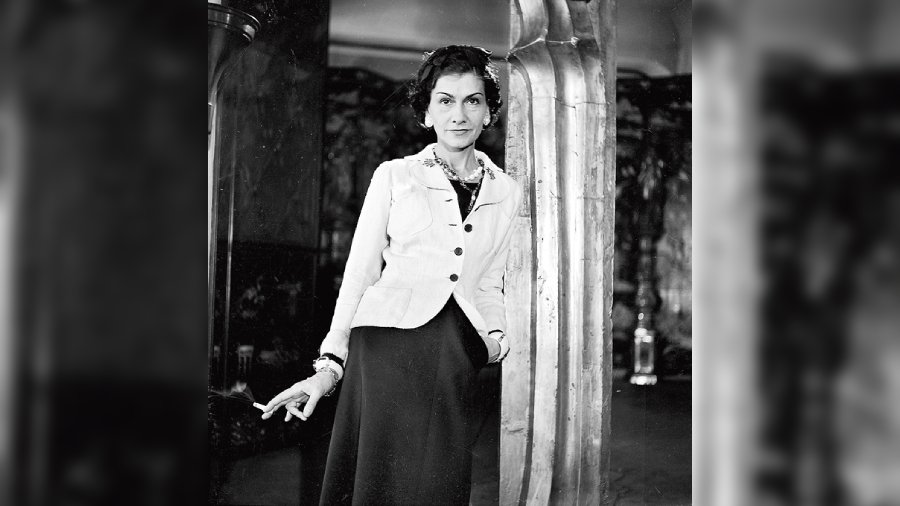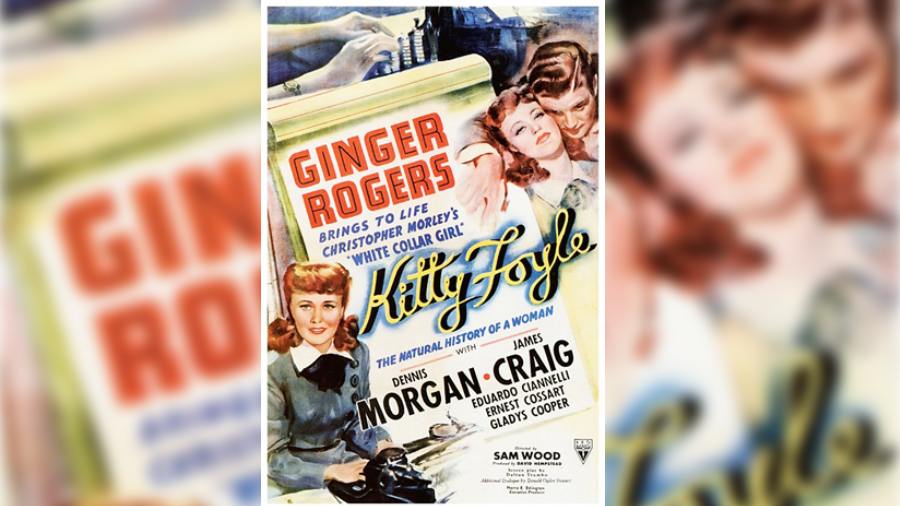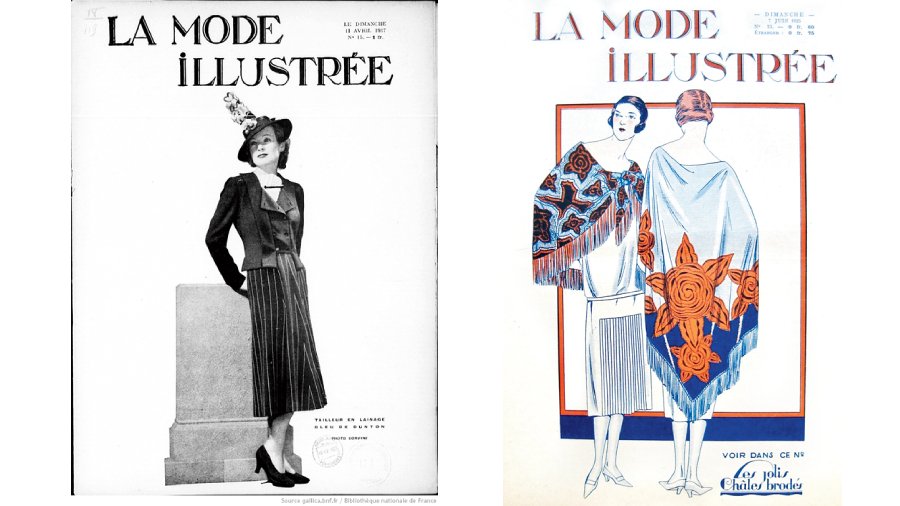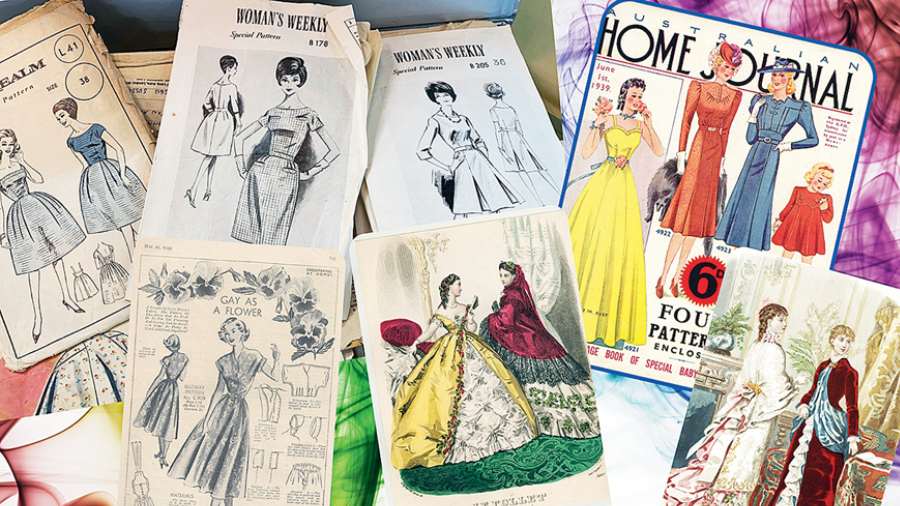Every season, we channel multiple fashion trends and adopt them to suit our body to look our best and to rather, feel our best. Our generation is the proprietor of DIY fashion — mix ’n’ match, layering, draping... everything that flatters your figure and looks most effectively. But back in the Twentieth century, the fashion scene was no different than ours. It was full of guided DIYs and the best possible way to flatter your form. In a way, fashion has always been about personalisation. A browse through some vintage fashion magazines reveal how they encouraged and aided readers in their day-to-day styling.
Addressing the general public
Whether it was a Woman’s Weekly or La Mode Illustrée, it was clear that fashion never sat around and waited for an opportunity to strike. “Fashion goes out of fashion, but style never does,” as Coco Chanel famously said. As we flip the pages of the most desired women’s vintage magazines, we find a lot of crochet, crochet and crochet... but there’s much more!

Fashion goes out of fashion, but style never does — Coco Chanel
What good is style if it isn’t spread around the globe? La Mode Illustrée ran from 1860 through 1937, making it one of the earliest fashion magazines ever to gain prominence. Many things about this publication made it a fashion Bible of the early 1900s. If you’re looking for a pattern for the clothes depicted, this book is for you. Indeed, La Mode made headlines for addressing the general public, which was a great thing to do.
As a rival to La Mode, Le Follet’s ‘fashion plates’ were state-of-the-art illustrations showcasing the highlights of fashionable clothing. It only hints at the fact that fashion is a part of our cultural heritage and has evolved over time. It’s been said that we are bringing back the fashion and glitz of our forefathers. Shirtwaist dresses with long or short sleeves and Kitty Foyle dresses were among the most popular women’s outfits of the 1940s (dark dresses with white or light collars and cuffs). An unusually popular style of jacket from the early Twentieth century is making a comeback, with square-shouldered jackets.

The Kitty Foyle dress was popular in the 1940s, characterised by a dark fabric and contrasting light collar and cuffs, typically of navy blue and white. It is named after a dress worn by Ginger Rogers’ character in the 1940 film of the same name, designed by Renie
Australian Home Journal took it to the next level with its junior-friendly fashion idea and a step-by-step guide to the handkerchief process, both of which were big hits at the time (the 1920s). Colourful examples of state-of-the-art clothing are shown later in the 1960s, and they include a guide to the perfect dress and skirt that we often see in vintage movies.
The town was abuzz with talk of catalogue shopping and home improvement projects. Whether you were looking for winter clothing or shoes, the catalogue was there to help! The magazine’s focus, however, wasn’t solely on retro-style solid-colour clothing and bonnets. It was for women of all ages; it was an absolute bouffer d’air (breath of fresh air). It began as a fashion publication but then evolved into a more general homemaking magazine focusing on everything from crocheting to sewing.
Moving on, arguably the most well-known publication in this genre was Woman’s Weekly magazine. It had been a must-have for British women since the early 1900s, and it peaked in the 1940s. It was on the same lines as all the other magazines mentioned, with instructions on how to crochet and where to find the right materials and sizes for the ideal vintage dress. Using vintage fashion catalogues as a starting point for a beginner’s dress-making project is a great idea.
It had evolved into the modern magazines we peruse in our spare time, complete with a comic strip and a dedicated advertisement page. Whether it was a diagram or a pattern guide for making your clothes more comfortable, women used to take matters into their own hands when designing their clothes, unlike now when we are bombarded with fashion choices at high-street stores as well as online portals.

Cover pages of La Mode Illustrée
Fashion is always a state of mind
Fashion will always evolve, never devolve or disappoint, and sometimes, when you want to attend a date with your partner, your grandmother’s sweater might add the twist to your outfit. For generations, women have tried to perfect the baggy outfit or the bodysuit with low-rise jeans where the truth, as a matter of fact, is it will always change from generation to generation. What might be the perfect summer dress for you might not be the same for your younger nephew. Fashion is always a state of mind and how you carry yourself, and these women’s magazines, whether the vintage ones or the Vogues and Harper’s Bazaars of today, will only inspire you to rethink and reimagine possibilities with a whirl of motivation. The Devil indeed wears Prada but also wears bonnets and skirts with detailed DIYs.
VINTAGE GUIDE
My Home Magazine (1939-1956): A complete DIY, from knitting, sewing to what you may wear to a dinner party, a holy grail for women of all ages, it also contained home-making and cooking to add to the thrill.
LIFE magazine (beginning of world war in 1939-2000): The DIY guide for the trending materials of the decade — wool, nylon and a complete guide to the tailored suit with broad shoulders.
Woman and Home (1926-present): Be it cap, gloves or cardigans, they had you covered. Want to sew it out? They had that covered too. From a step-by-step guide to the latest collection, Woman and Home was the magazine.
Fashion Service (1930s): With incredible artwork and magazine covers that would make a gloomy day sunny, its vintage editions are still talked about now for fashion inspiration and guidance.
Seventeen (1944-present): Seventeen enhance the role of teenagers as consumers of popular culture. The concept of “teenager” as a distinct demographic originated in that era. Every teenager wanted to wear the perfect highschool outfit and made it the elder sister of magazines.










